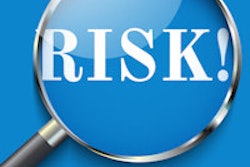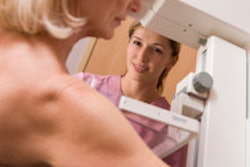Dear AuntMinnie Member,
Digital breast tomosynthesis (DBT) finds more cancers and reduces recall rates when used in a breast screening program in conjunction with digital mammography -- regardless of breast density, according to a new study we're highlighting in our Women's Imaging Community.
A research group led by Dr. Elizabeth Rafferty analyzed data from more than 450,000 screening mammograms, some acquired with digital mammography alone and some with a combination of digital mammography and DBT. They found that adding DBT improved cancer detection rates and lowered recall rates regardless of whether women had fatty or dense breast tissue.
The results confirm previous research on the effectiveness of DBT in a screening environment, although the technology's impact was different depending on the type of breast tissue. Learn more by clicking here, or visit the community at women.auntminnie.com.
SPECT shows brain trauma in NFL players
Concern has been rising over the toll of brain trauma in football players. Now, a new study indicates that SPECT can be used to detect signs of low blood flow in the brains of athletes who play the sport.
Researchers from the University of California, Los Angeles performed cerebral perfusion SPECT scans of current and former National Football League (NFL) players. They found signs of hypoperfusion on the scans that could indicate trauma from the sport.
Learn more by clicking here, or visit our Molecular Imaging Community at molecular.auntminnie.com.
The healthy reading room
How healthy is your reading room? In light of renewed attention on the health risks of sedentary lifestyles (some have even called sitting the new smoking), you might want to take a closer look to counteract the health impact of sitting for hours in front of computer monitors.
Researchers from New York came up with a list of practical things you can do now to offset the effects of a sedentary work environment. They range from fidgeting more often (it actually does boost energy expenditure) to sitting exercises. Learn what you can do by clicking here.



















